Insights into the structures could lead to improved treatment strategies for transthyretin amyloidosis, a progressive, fatal disease in men.
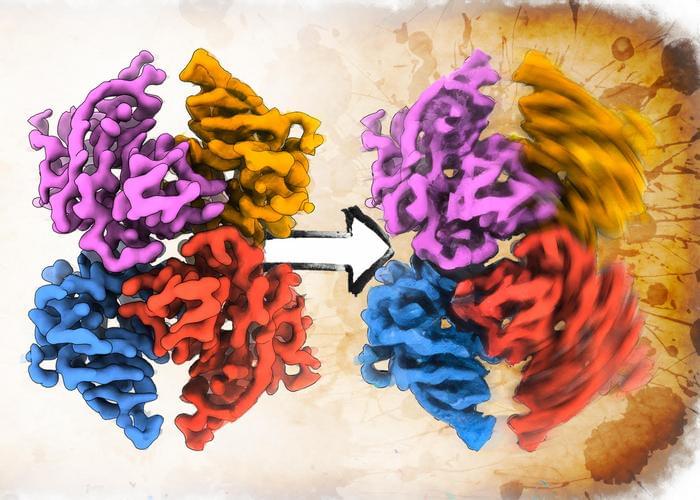

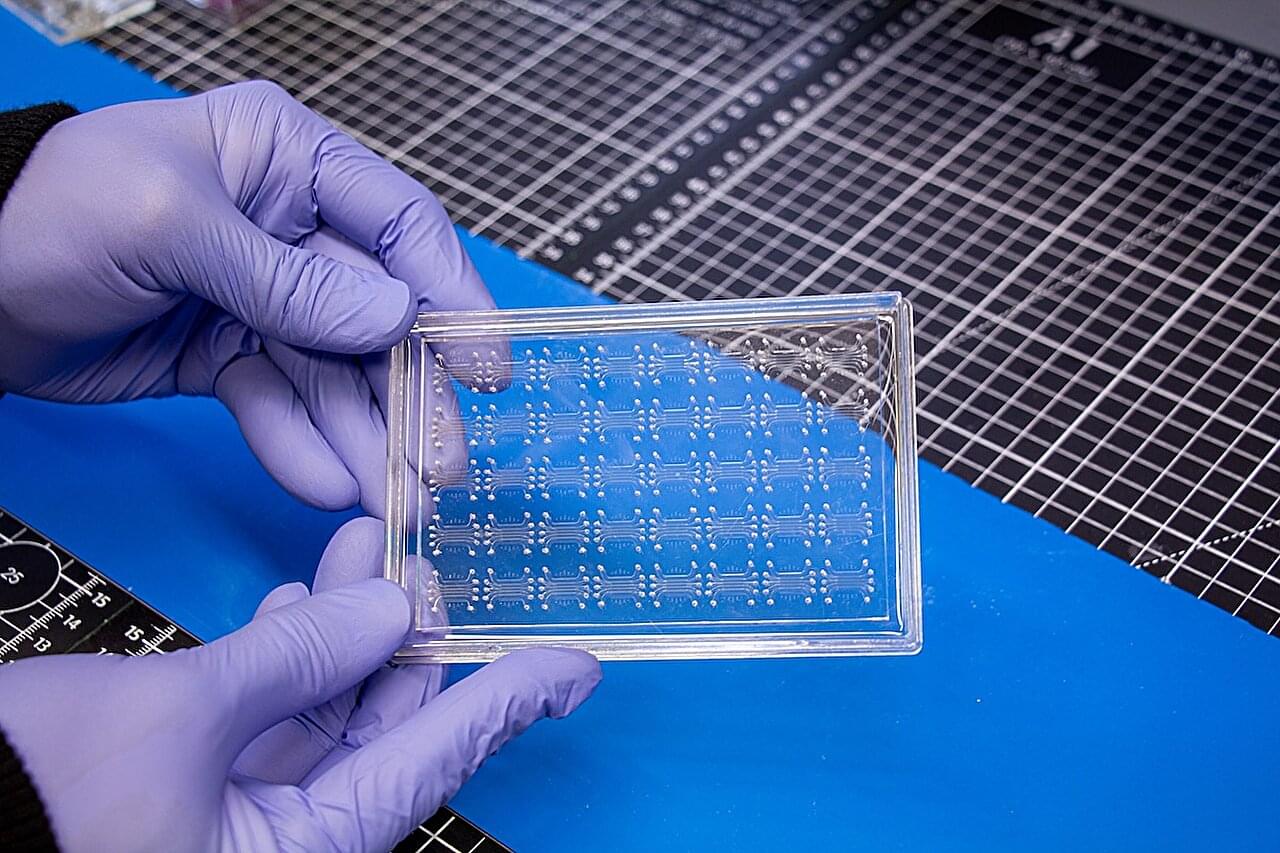
Hidden within our bones, marrow sustains life by producing billions of blood cells daily, from oxygen-carrying red cells to immune-boosting white cells. This vital function is often disrupted in cancer patients undergoing chemotherapy or radiation, which can damage the marrow and lead to dangerously low white cell counts, leaving patients vulnerable to infection.
Now, researchers at the University of Pennsylvania School of Engineering and Applied Science (Penn Engineering), Perelman School of Medicine (PSOM) and the Children’s Hospital of Philadelphia (CHOP) have developed a platform that emulates human marrow’s native environment. This breakthrough addresses a critical need in medical science, as animal studies often fail to fully replicate the complexities of human marrow.
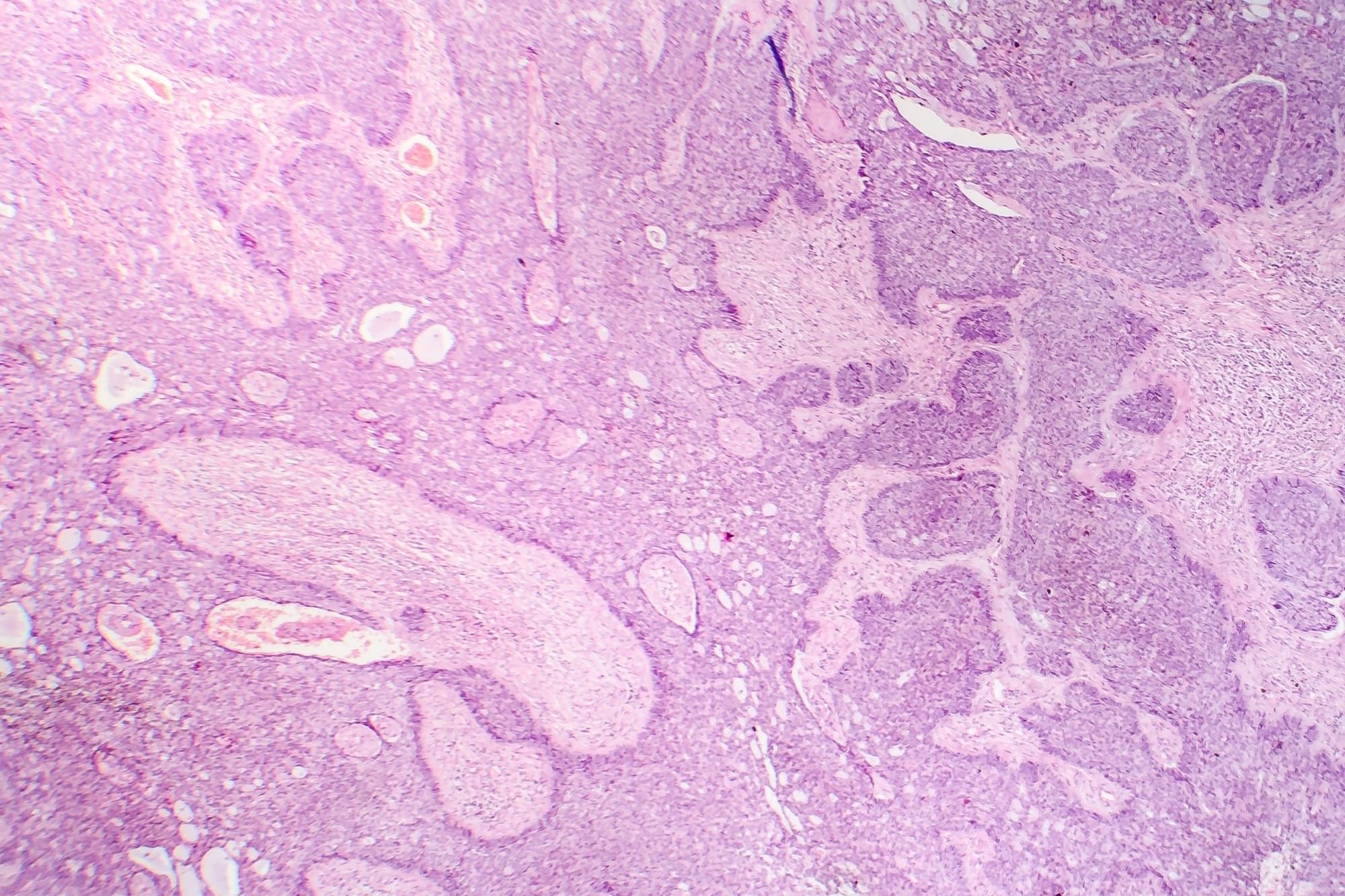
Neoadjuvant therapy with hedgehog inhibitors has an overall response rate (ORR) of 71%, but adverse events (AEs) like fatigue, muscle cramps, dysgeusia, and hair loss often lead to discontinuation and low compliance.
OVs represent a class of intratumoral therapeutics that might be a safe and effective neoadjuvant therapy for difficult-to-resect BCCs.
Talimogene laherparepvec (T-VEC) is an OV, a genetically engineered herpes simplex virus 1 (HSV1), approved for treating injectable, unresectable melanoma lesions in the United States and Europe. T-VEC has a dual mode of action and can alter the tumor microenvironment (TME) by activating adaptive and innate immunity.
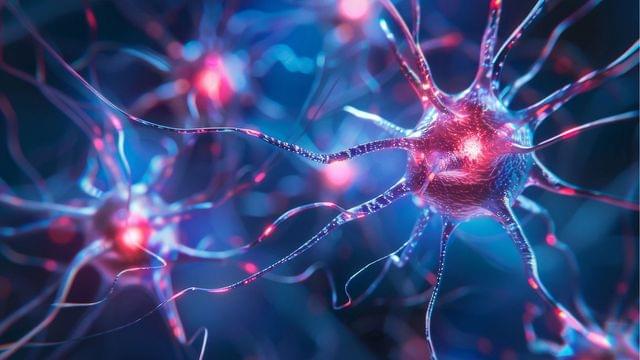
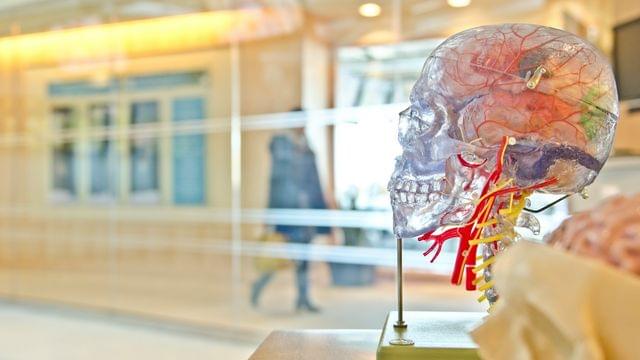
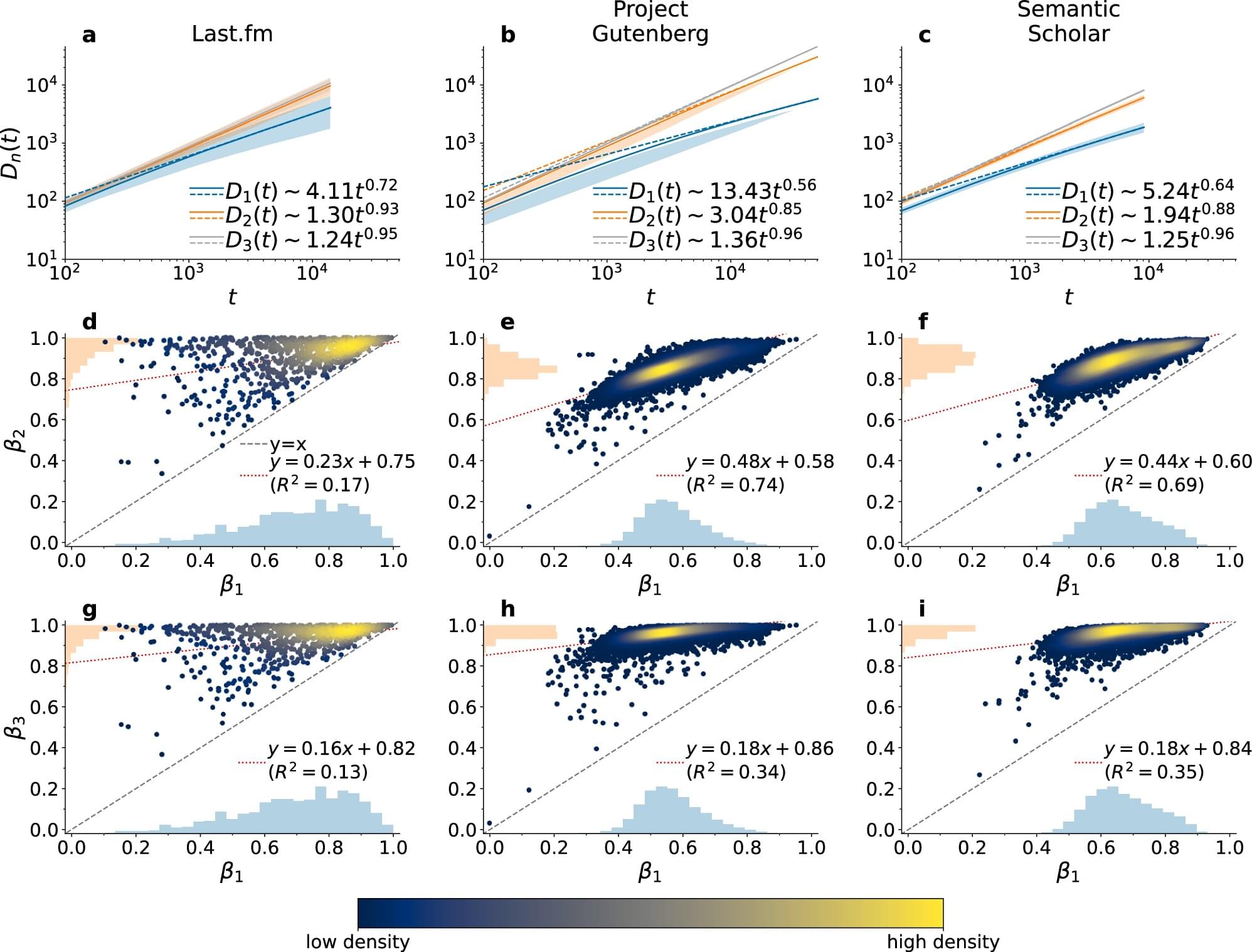
A new study in Nature Communications explores the dynamics of higher-order novelties, identifying fascinating patterns in how we combine existing elements to create novelty, potentially reshaping our understanding of human creativity and innovation.
Novelties—a common part of human life—refer to one of two things. The first is the discovery of a single item, like a place, song, or an artist. The second covers discoveries new to everyone, such as technological developments or drug discoveries.
The researchers in this study aimed to understand how both kinds of novelties emerge. The team was led by Prof. Vito Latora from the Queen Mary University of London, who spoke to Phys.org about the work.
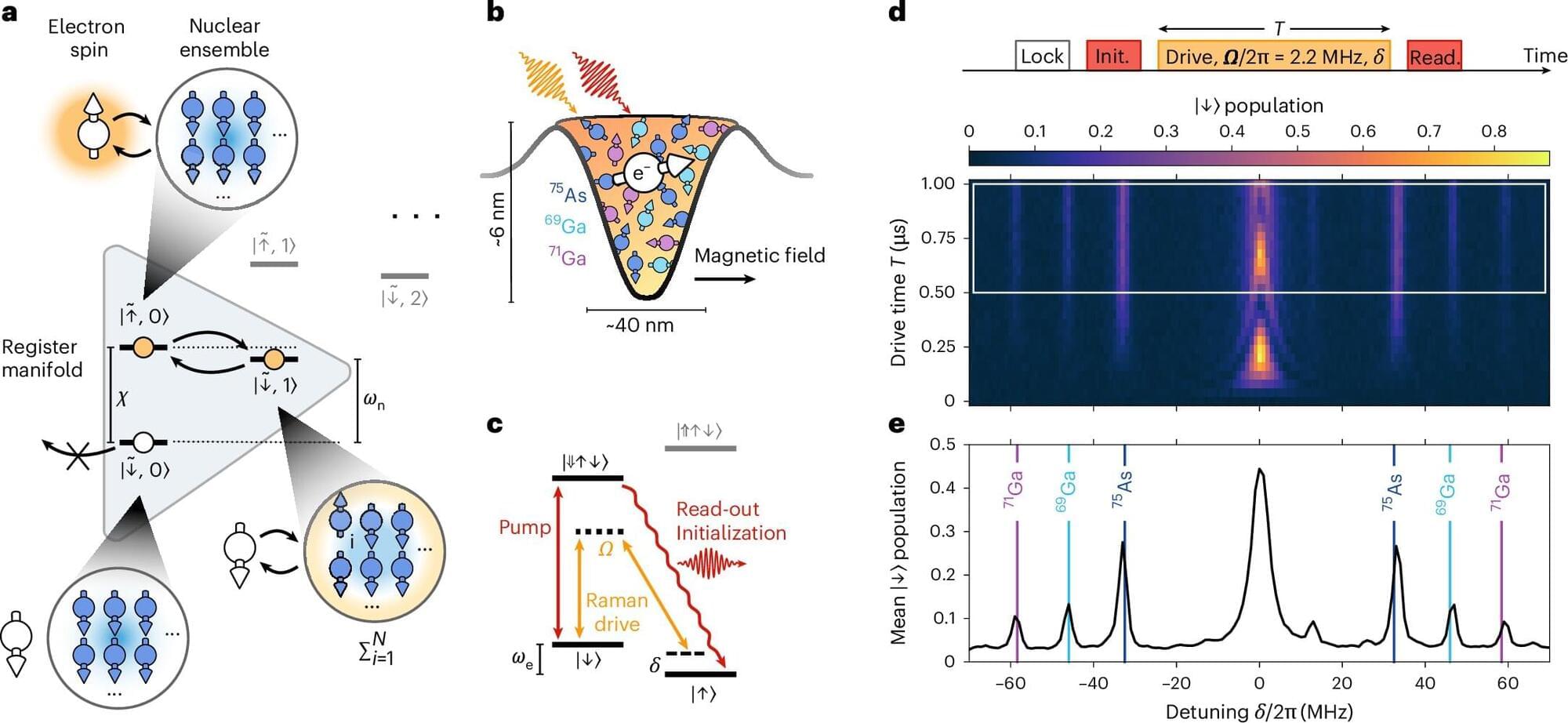
In an advance for quantum technologies, researchers at the Cavendish Laboratory, University of Cambridge, have created a functional quantum register using the atoms inside a semiconductor quantum dot.
Published in Nature Physics, the work demonstrates the introduction of a new type of optically connected qubits—a critical advance in the development of quantum networks, where stable, scalable, and versatile quantum nodes are essential.
Quantum dots are nanoscale objects with unique optical and electronic properties that come from quantum mechanical effects. These systems are already used in technologies like display screens and medical imaging, and their adoption in quantum communication has been mostly due to their ability to operate as bright single-photon sources.

At Texas A&M University, one research lab is changing the game of droplet microfluidics, a technique that involves conducting experiments in nanoscale droplets of liquid in a controlled environment. The team has developed a system that makes droplet microfluidics faster, lower cost, and more accurate.
Dr. Arum Han, the Texas Instruments Professor in the Department of Electrical and Computer Engineering, and his lab associates created a technology named NOVAsort (Next-generation Opto-Volume-based Accurate droplet sorter), a system that allows high throughput screening of molecules and cells at significantly reduced error rates.
Whereas previous research has focused on increasing the speed of assays (a type of laboratory test), the team’s findings, which are published in Nature Communications, are among the first to significantly improve accuracy without compromising the speed of assays.
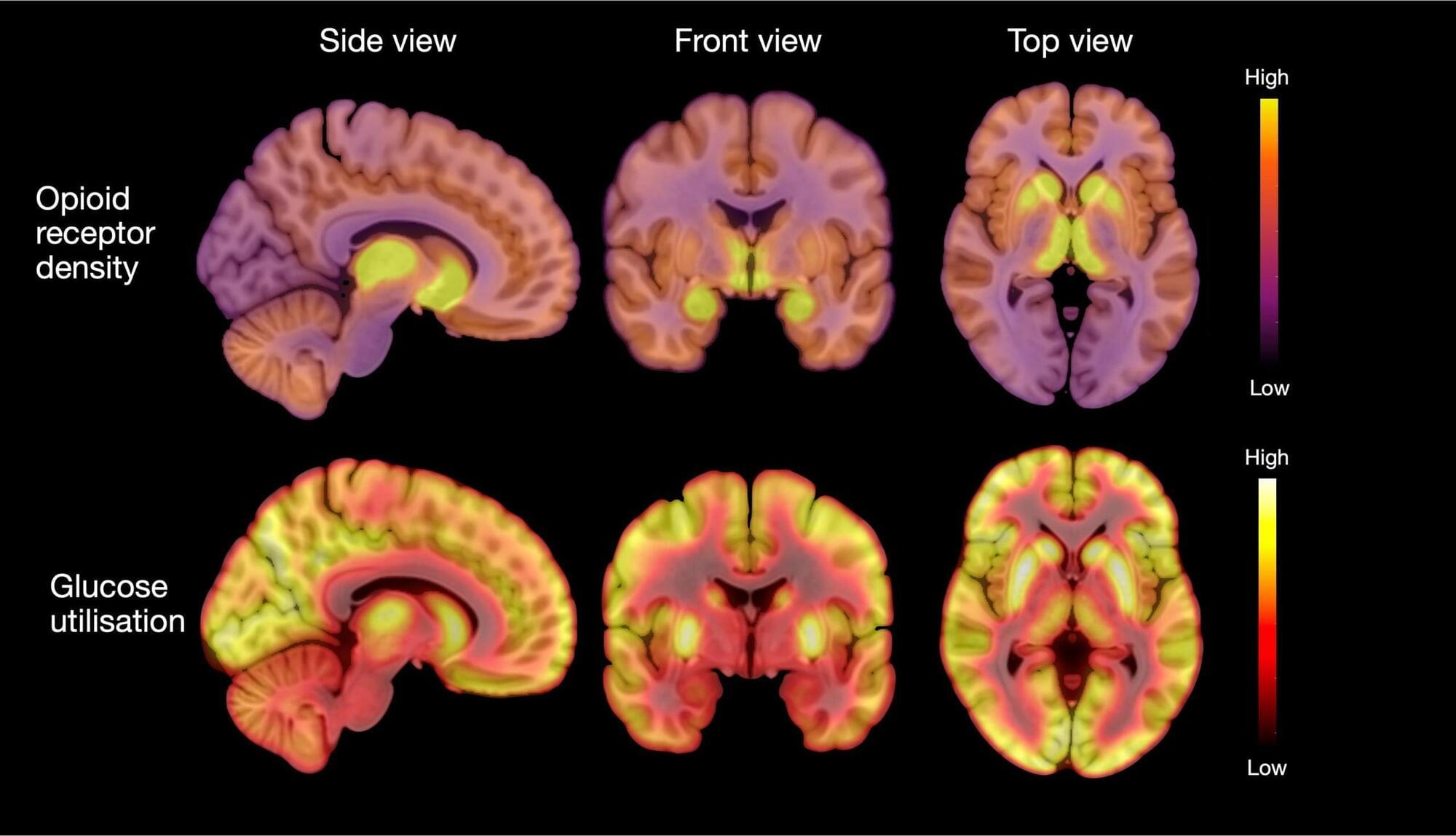
New research found that individuals with anorexia nervosa have elevated opioid neurotransmitter.
A neurotransmitter is a chemical substance that transmits signals across a synapse from one neuron to another in the nervous system. These chemicals play a crucial role in the functioning of the brain and body, influencing everything from mood, sleep, and learning to heart rate, anxiety, and fear. Common neurotransmitters include dopamine, serotonin, acetylcholine, and norepinephrine. They bind to specific receptors on the surface of neurons, triggering various physiological responses and allowing for the communication that underpins all neural activities. Imbalances in neurotransmitter levels can lead to neurological disorders or mental health issues, making them a central focus of study in both medicine and psychology.
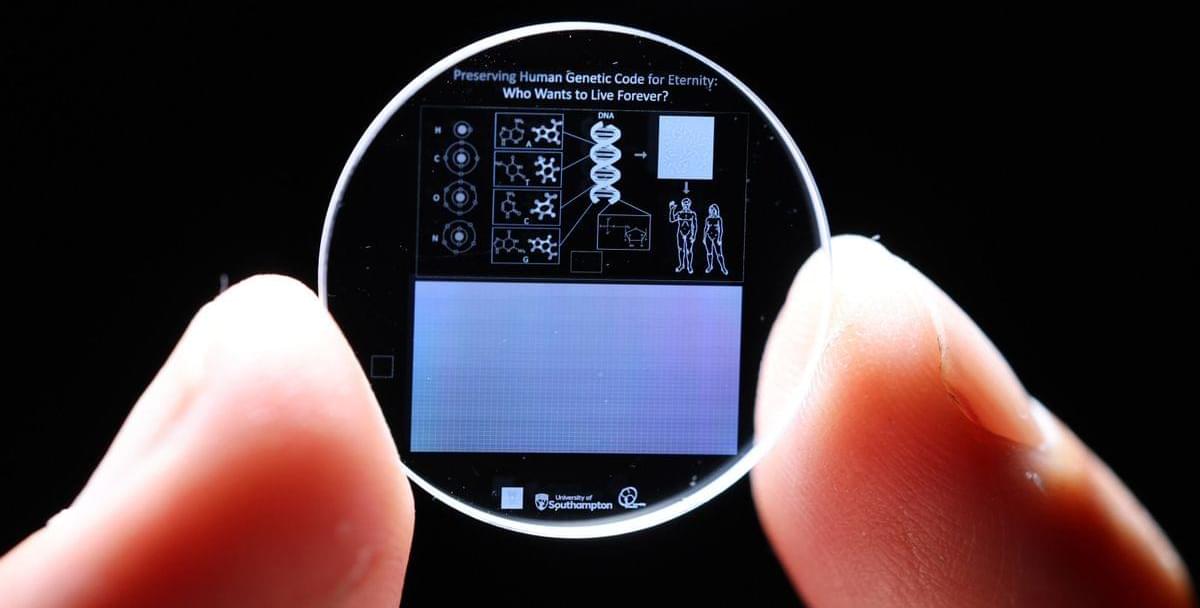
The data inscribed into the crystal is carefully annotated with universal elements like hydrogen, oxygen, carbon, and nitrogen, as well as the four DNA bases—adenine, cytosine, guanine, and thymine—that make up the genetic code. Additionally, the molecular structure of DNA and the arrangement of genes within chromosomes are depicted, offering clear instructions on how to interpret the genetic information stored within.
However, it is important to note that the 5D memory crystals require a highly specialized skill set and advanced equipment to inscribe and read the data stored within the crystals, so those looking to re-establish the human race after an extinction event may have to refer to more traditional means.
The crystal, made from fused quartz, is one of the most chemically and thermally resilient materials known on Earth, and can endure temperatures as high as 1000°C, resist direct impact forces up to 10 tons per square centimeter, and is unaffected by long-term exposure to cosmic radiation. The longevity and storage capacity of the 5D memory crystal earned it a Guinness World Record in 2014 for being the most durable data storage material ever created.